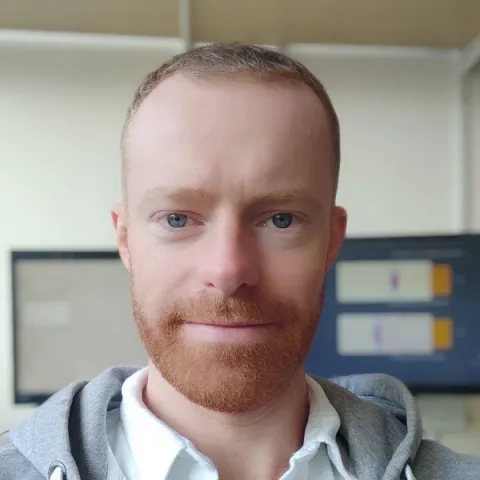About the project
Closed cracks are challenging material defects where the two split faces touch, making them extremely difficult to detect. This project aspires to create new methods for ultrasonic imaging of complex cracks through experiments, modelling and advanced imaging development. Its outcome will help detect cracks early and monitor their evolution.
Early crack detection is essential for the safe and sustainable operation of critical assets. If detected too late, they can grow to large sizes and lead to damage, costly plant outages or, even worse, a major incident. While ultrasound is the most reliable technique for finding cracks on operating components, closed cracks (with two split faces touching each other) are often missed in routine inspections.
Despite significant progress in ultrasonic imaging, offering a vast potential for detailed characterisation, the issue of closed cracks, such as stress corrosion cracks, remains to be solved.
This project explores nonlinear imaging techniques to tackle this challenge. Nonlinear imaging leverages the waves reflected from a crack at a different frequency than that initially sent. These waves are known to be more sensitive to fine cracks.
You will focus on complex components, either of curved geometry or made of materials with a complicated microstructure. Both conditions present difficulties for the experimental arrangement and signal processing.
Materials with complex microstructure, such as coarse grains are common in applications involving high pressures and temperatures, including the energy sector. Closed cracks are particularly likely to be missed in such applications since the noise originating from grain scattering dominates the image.
The project aspires to combine linear and nonlinear techniques and advance the practice of closed crack imaging. It will involve a combination of fundamental modelling, numerical simulation, and experiments.
